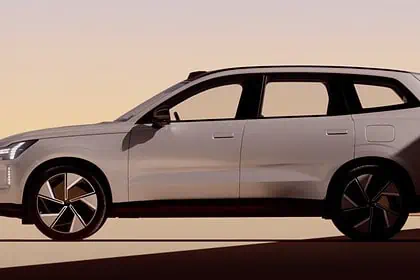Japanese legacy automaker Subaru is about to officially start the production of its planned hybrid and electric vehicle models in 2025.
Subaru’s new electrification approach
Subaru disclosed that it converted its existing Saitama site from being an industrial product production facility to a dedicated EV and hybrid transmission factory.
It will support Subaru’s planned new model production, which will begin in 2025.
The move demonstrates the automaker’s efforts to accelerate the design, development, and production of hybrid and electric vehicles without depending on its Japanese partner, Toyota.
The upcoming Subaru EVs will undergo production at its Gunma factory rather than Toyota’s.
Upcoming models
Subaru currently only sells the 2023 Solterra compact SUV in partnership with Toyota. They produce the model at the latter’s local factory.
Finally, Subaru decided to put more focus on its electrification with a new strategy. According to Torque News, Subaru will maintain its partnership with Toyota on “several” new EV production that will hit the market by 2025.
Instead of using Toyota’s factory, Subaru will produce the new models in-house at its Gunma factory. One of these models reportedly includes the Forester Hybrid compact SUV.
“When we look at the US market situation, which accounts for 75 percent of our total sales, we will need to offer several models in our EV lineup. We have shifted our weight toward that in our development.”
Tomoaki Emori, Subaru’s senior corporate planning division vice president
Sales target
According to Car and Driver, Subaru aims to sell 200,000 electric vehicles across the world in 2026. It is indeed a reasonable target for now, considering its current deep partnership with Toyota.
For context, the automaker’s total vehicle production reached 874,000 units in FY 2023, with further plans to increase that figure to more than a million this new year.
In the future, Subaru seeks to make its own path in electric vehicle production away from Toyota. However, its planned Japanese production will disqualify these models from the federal tax credits of up to $7,500 in the US.






